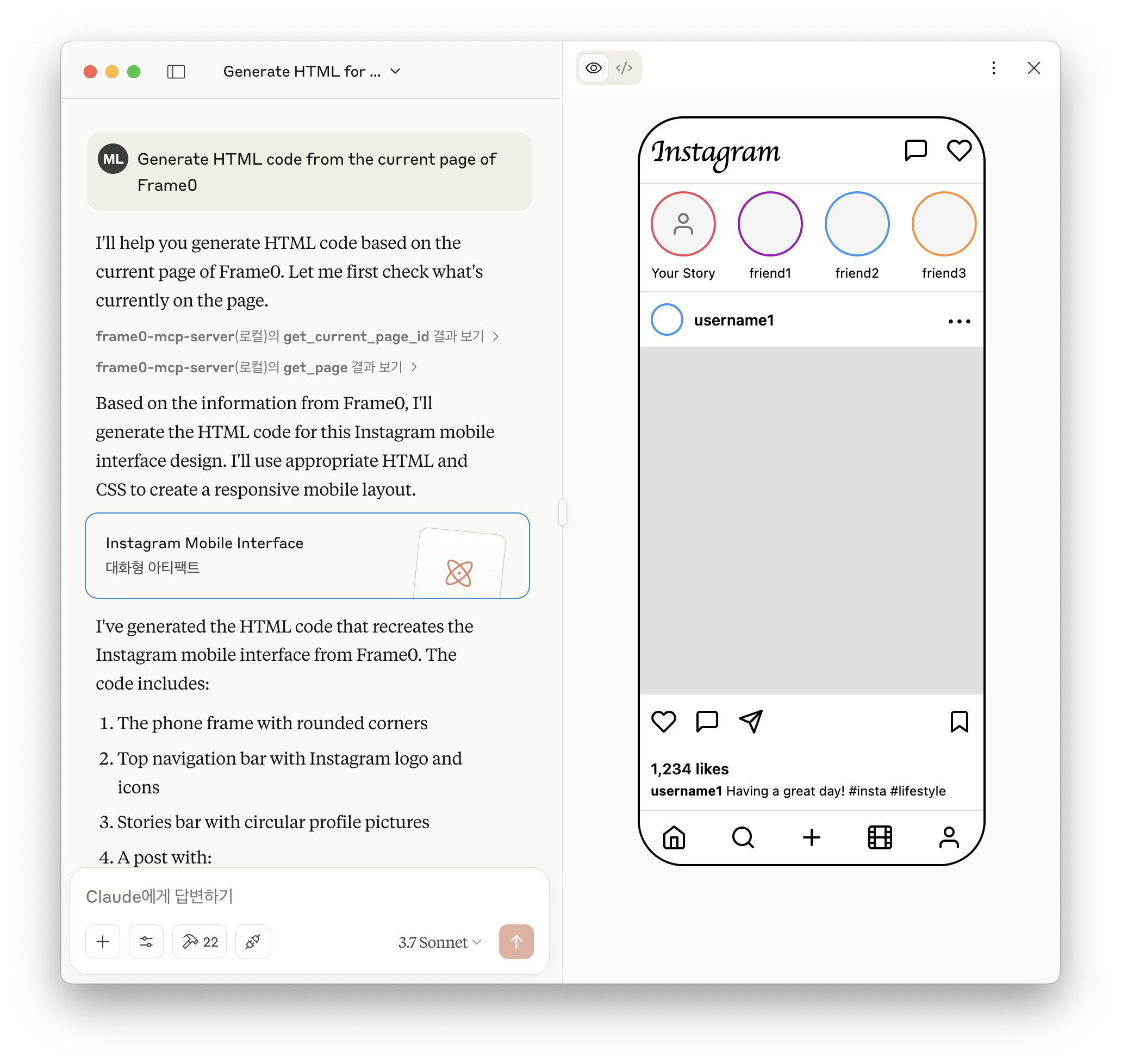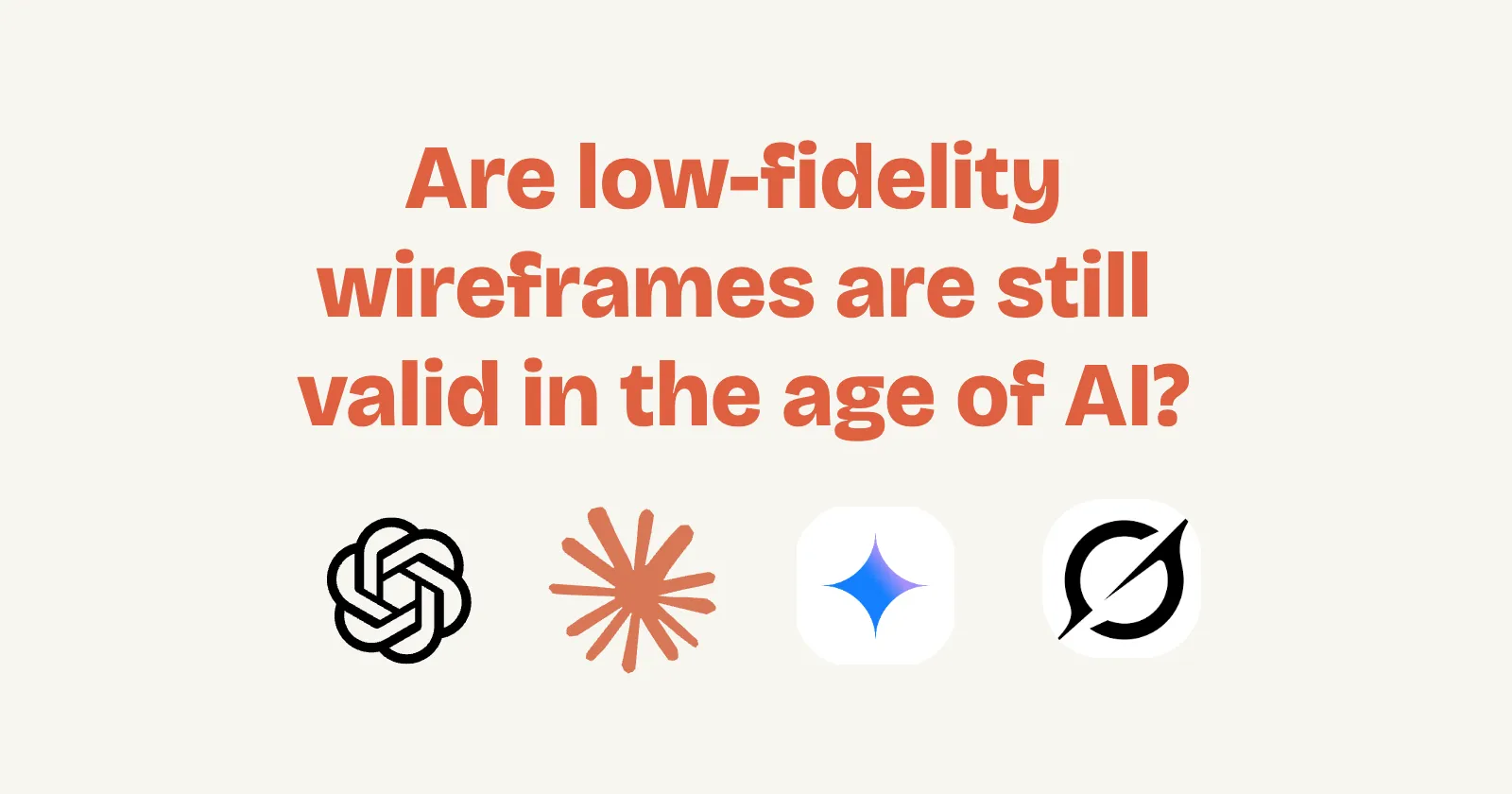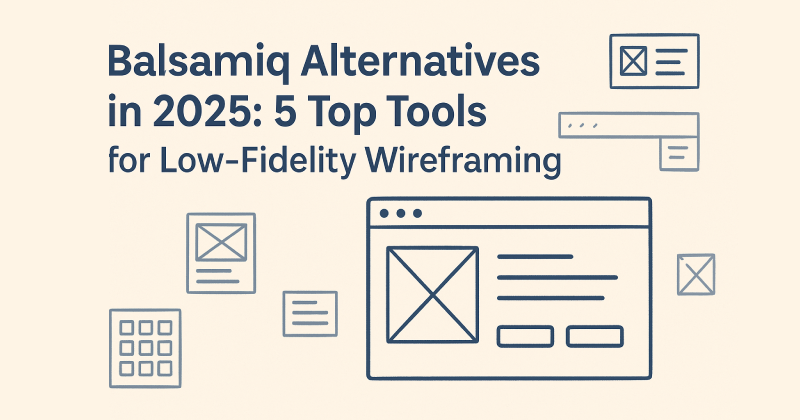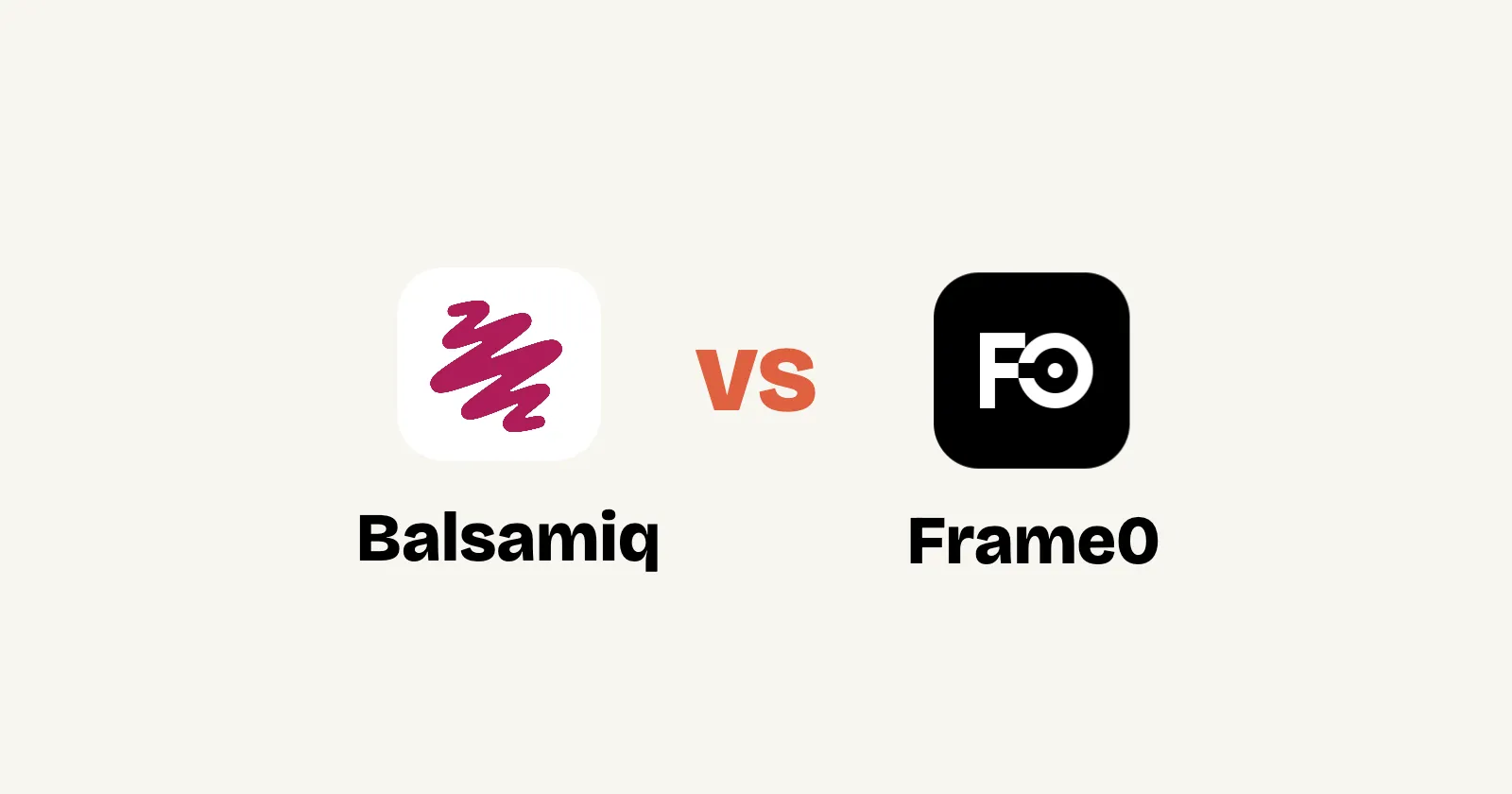Today, I’d like to discuss whether “low-fidelity wireframes” are still relevant—or if they’ve become outdated tools—in an era where AI is revolutionizing design and development processes. With AI tools generating high-quality designs automatically, let’s explore why low-fidelity wireframes might actually play an even more important role.

Changes in the Design Environment in the AI Era
First, let’s set the context. Recent advancements in AI have allowed tools like Figma’s AI plugins to create polished UI designs—or even code—from simple text prompts. For instance, inputting “Design a home screen for a mobile shopping app” can result in AI producing a high-fidelity prototype that considers colors, layouts, and even animations. This might lead some to think, “We don’t need sketches or simple wireframes anymore.” But is that really the case? I believe the opposite: low-fidelity wireframes are foundational elements that shine even brighter in the AI era.
Low-fidelity wireframes are rough drafts created with paper sketches or simple digital tools (like Frame0 and Balsamiq), focusing solely on structure and flow without detailed design elements. The key here is the ‘essence of the idea.’ No matter how powerful AI is, it relies on user input. If the input is vague or the core idea isn’t clear, the AI-generated output could be off-target or inefficient.
In fact, in the AI era, low-fidelity wireframes become even more crucial because they effectively capture the app’s fundamental ideas. For example, when planning a new social media app, jumping straight to AI with “Create a modern feed design” might yield generic results. But starting with a low-fidelity wireframe to sketch user flows (login → feed → interactions) creates a blueprint that defines the app’s core value. This allows for quick feedback among team members, reducing unnecessary iterations. In an age where AI ‘automates’ design, this initial stage—where human creativity and problem-solving shine—is essential. If the foundation is weak, even the most dazzling AI designs could result in a poor user experience (UX).
Value as a Foundation for AI Generation Processes

Furthermore, low-fidelity wireframes serve as ideal input material for AI’s code generation or high-fidelity design creation. AI tools operate based on prompts, so specific and structured inputs determine the quality of results. For example, feeding a low-fidelity wireframe into AI coding assistants like GitHub Copilot or ChatGPT with “Generate React Native code based on this wireframe” can produce efficient code grounded in the layout. Similarly, uploading a rough sketch to Adobe Sensei or Figma AI can automatically upgrade it to a high-fidelity design.
In this sense, the value of low-fidelity wireframes as ‘foundational inputs’ is heightened. If AI handles detailed styling and optimization, humans can focus on building the idea’s skeleton. In reality, many design agencies and startups continue to emphasize the initial wireframing stage even after adopting AI, because it acts as a ‘guideline’ for AI. Relying on AI without wireframes increases the risk of outputs deviating from the original intent.
In conclusion, low-fidelity wireframes are far from outdated in the AI era. They are essential for capturing an app’s basic ideas and hold high value as foundational inputs for AI’s code and design generation. AI is just a tool—it can’t replace creative thinking. If you’re a designer or developer, try starting your next project with a low-fidelity wireframe. Combined with AI, you’ll achieve much more powerful results!
Do you have any thoughts on this? Thanks!




